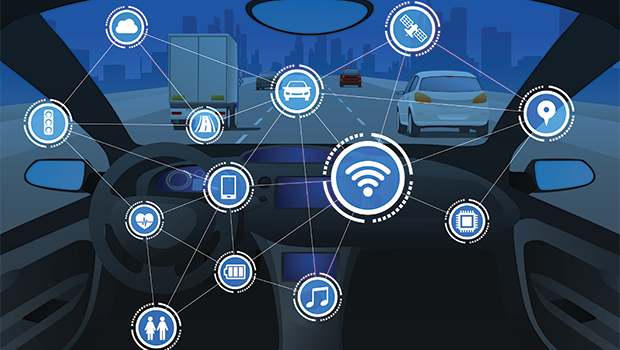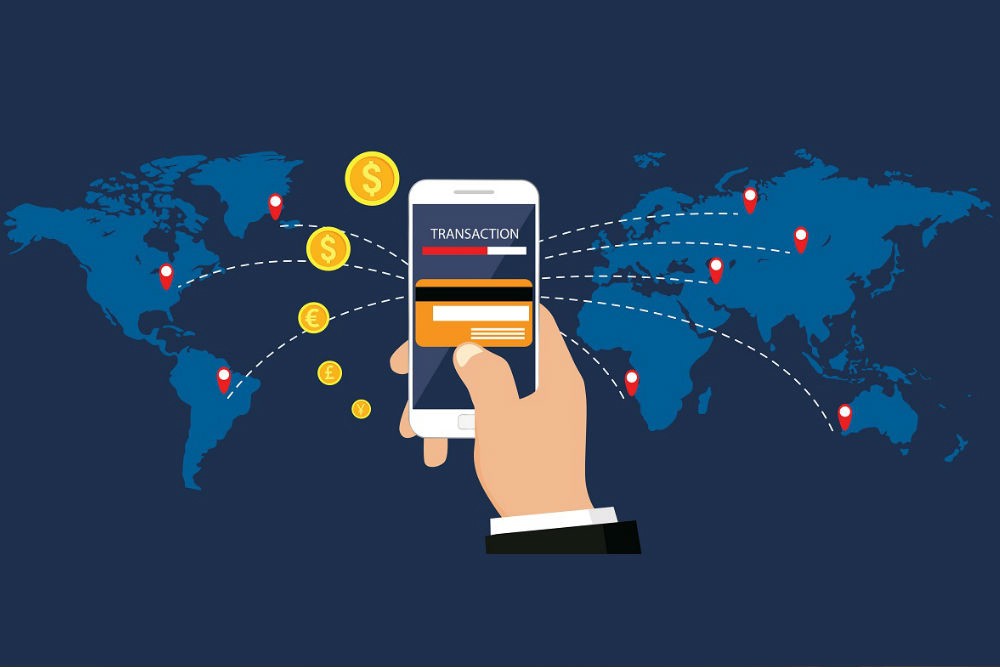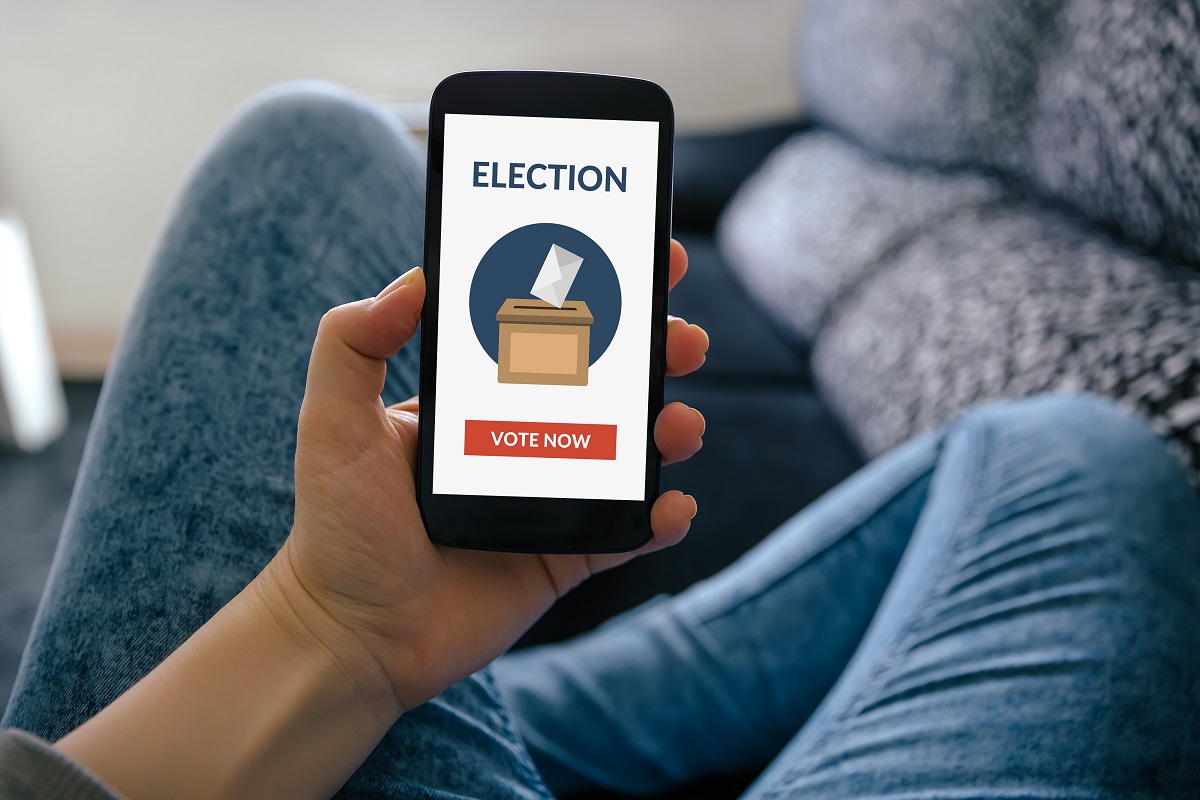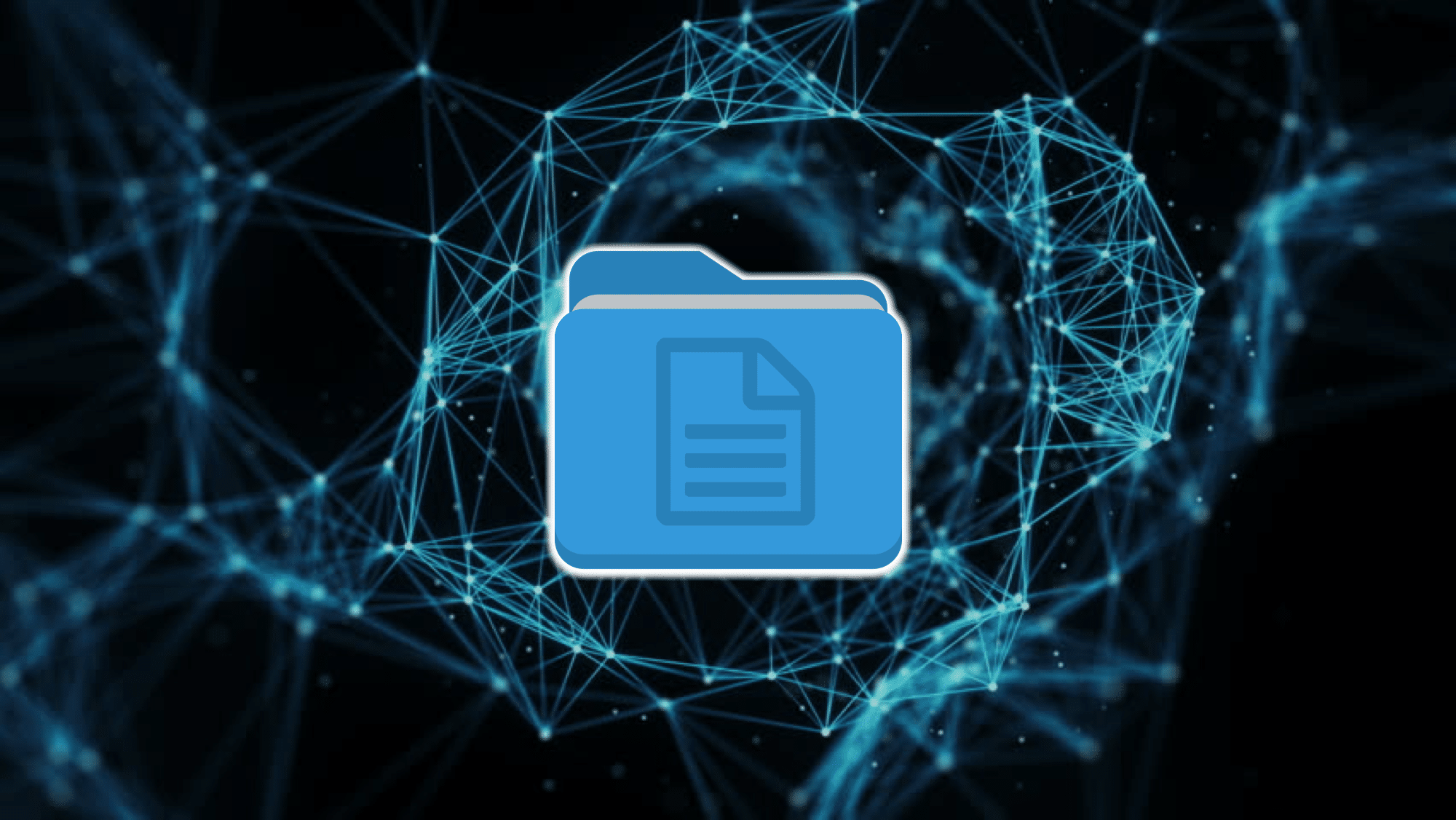In recent years, our society has been pushed away from in-person connecting. Technology trends that may have been popular in niche markets or are still only used in the lab may become mainstream sooner than we expected. These may not be new, but we expect 2021 to be the year these tech trends will be driving us forward into the future.
Virtual Reality
VR is a computer-generated simulation in which a person can interact with an artificial 3D environment. This usually involves some headgear like Oculus, which Facebook acquired in 2014. There are companies like UK-based Igloo Vision, finding ways to make VR more immersive. You can share the experience with a 360-degree projection.
With VR, there’s no need to book a trip to an island for the beach. It’s an option to experience the beach without being on the beach or taking tours around different museums in any country. You can also join VR communities and meet virtually for various meetups, classes, and live shows and experience it with someone from a completely different part of the world.
Augmented Reality
AR is an interactive experience with the real world, so unlike VR, augmented reality does not take you somewhere else but adds interactive elements to the real world. In recent years, one of the most notable AR games is Pokemon Go, which allowed anyone with a smartphone to become a Pokemon trainer.
The possibilities are more than just a game, though. The military is already using this technology, but this could also be helpful for everyday life. Imagine walking down a street with historic buildings, and all you have to do is open your smartphone to learn that history.
Cryptocurrency and Blockchain
A blockchain is a decentralized ledger of all transactions across a peer-to-peer network. This technology enables cryptocurrency, a digital medium of exchange, to use encryption techniques to control the creation of monetary units and verify the transfer of funds.
According to PWC’s “Making sense of bitcoin, cryptocurrency, and blockchain,” blockchain has many potentials.

Consumers could use the blockchain to manage fractional ownership in autonomous cars.

Faster, cheaper settlements could shave billions of dollars from transaction costs while improving transparency.

Using a blockchain code, constituents could cast votes via smartphone, tablet, or computer resulting in immediate verifiable results.

Patients’ encrypted health information could be shared with multiple providers without the risk of privacy breaches.

Companies may use a file system based on blockchain to verify, locate, and identify documents sharing information of who created it and any modifications.
E-Commerce
Ecommerce has been on the rise, making in-store shopping almost obsolete. Shopping online has become the best and sometimes ONLY solution to purchase the things we need, and the landscape for shopping will only get wider and faster. In looking for e-commerce assistance, find solutions in getting the best web development companies in your area.
Omnichannel Shopping
For example, you were buying a product online and picking it up at the store and now without even getting out of your car. When the pandemic started, many feared even go to the grocery store. Still, companies like Instacart became popular, having someone shop for you, or many took advantage of apps that allowed contactless checkout.
Social Media Shopping
Everyone has become an influencer, and all we have to do is tag the company or product, but now social channels like Instagram and Facebook have made it easier. If you see something you like on a brand’s feed and that product is available on their site, you can easily purchase in the app without even going to the website.
Mobile Checkout
At this point, many mobile users have their credit information saved on their phones, and it’s become a quick and easy way to buy online without heading to a desktop. Online stores now give you several ways to easily pay with the saved information on your phone or your digital wallet using platforms such as Google Pay, Apple Pay, PayPal, etc.
Voice Communication
There are many ways to connect, including the most basic form, just talking on the phone. Outside of connection, there are devices, such as Amazon Echo and Google Home, that allow you to use your voice to control different aspects of your home; lighting, locks, WiFi, music, updating calendars, getting the weather, etc. To continue with our e-commerce segment, we can expect more voice browsing and voice commerce with these devices.
There is an aspect of voice communication that can be a bit troublesome. In recent years, we have seen a rise in deepfakes. A deepfake is an image, audio, and video synthesis technology that generates persuasive counterfeits using machine learning algorithms. According to Lvxiao Chen’s of the NYU Journal of Intellectual Property and Entertainment Law, “It is achieved by Generative Adversarial Network (GAN), where a generative model outputs images based on existing images, and a discriminatory model identifies whether the generated images are fake or not.
The generative model thus improves itself, producing even more convincing graphics.” In the past, it took a skilled digital designer to create a CGI; however, as technology advances, such tools have become more accessible, making it easier for the average consumer to create a deepfake, thus leading to possible misuse. Adding technology to recreate a person’s voice can lead to many issues, especially for someone with a high profile, like a celebrity or a politician.
Artificial Intelligence and Robotics
When we think of AI, we may immediately think of robots with a physical form doing human tasks, but AI is something we’ve already been experiencing. According to Jerry Overton of DXC Technology, “As an umbrella term, AI can include neural networks, deep learning, natural language processing, and machine learning, in which systems can “learn” for themselves. Examples of machine learning are the ever-improving algorithms underlying predictive analysis and recommendation engines.” An example of this is Netflix. When you watch a specific genre, Netflix will suggest similar content. As you continue to watch different genres, Netflix learns your preferences and offers a different range that may interest you.
Especially since the Covid-19 pandemic has changed how we’ve had to do things, we can now see this trend expanding into different sectors shortly, such as healthcare, travel, manufacturing, and insurance.
Quantum Computing
Quantum computing could be quite useful soon as more tech companies attain it. Right now, it’s limited to Google, Microsoft, and IBM, but imagine what it could do when it’s commercially available. Here is a short explanation of what it is from Forbes,
“...quantum computers don’t rely on bits; they use “qubits.” And qubits, thanks to the marvels of quantum mechanics, aren’t limited to being either on or off. They could be both at the same time or exist somewhere in between. That’s because quantum computing harnesses the peculiar phenomena that take place at a sub-atomic level – in particular, the ability of quantum particles to exist in multiple states at the same time (known as “superposition”).”
Very fast computers can solve anything. Such a technology like this could strengthen cybersecurity, accelerate artificial intelligence, model traffic flows to improve cities, make more accurate weather predictions, and even develop new medicines. When quantum computing becomes available to the masses, there will be so many possibilities that we may not even be considering.
5G
5G is something we’ve heard about quite a bit throughout the Covid-19 pandemic without even knowing what it is and what it can do. 5G is a next-generation wireless technology that’s supposed to change the way we live and work. Much of the hype around 5G has to do with increased wireless speed, but there’s much more potential for this technology that has countries competing to be the first to implement it fully. 5G will have greater bandwidth allowing more connected devices and less spotty service. It will enable more connected devices as well. CNN used the examples of smart toothbrushes and self-driving cars. “5G will also reduce latency — the time it takes for a cell phone (or other connected devices) to make a request from a server and get a response — to virtually zero. And it will make communication with cloud platforms (think Amazon Web Services and Microsoft Azure) faster and easier.”
5G is expected to be at least 10x faster than 4G LTE, and new systems can be created within healthcare and travel, and personal use, but it may take years to be widely implemented. Also, with improvements in different fields and the possibilities of AI comes possible issues with security since crucial technologies are expected to use it.
Internet of Things
The Internet of Things, or IoT, refers to the billions of devices worldwide that are connected to the internet, all collecting and sharing data. Due to technological advancements over the last 10-20 years, almost anything can be connected. For example, a lightbulb can be turned on using a smartphone that controls your entire home.
We can expect even more IoT devices shortly within the medical and transportation fields, which means more personal data will be collected over time, but according to Network World:
“Business uses for IoT include keeping track of customers, inventory, and the status of important components. IoT for All flags four industries that IoT has transformed:
Oil and gas: Isolated drilling sites can be better monitored with IoT sensors than by human intervention
Agriculture: Granular data about crops growing in fields derived from IoT sensors can be used to increase yields
HVAC: Climate control systems across the country can be monitored by manufacturers
Brick-and-mortar retail: Customers can be microtargeted with offers on their phones as they linger in certain parts of a store
More generally, enterprises are looking for IoT solutions that can help in four areas: energy use, asset tracking, security, and the customer experience.”



